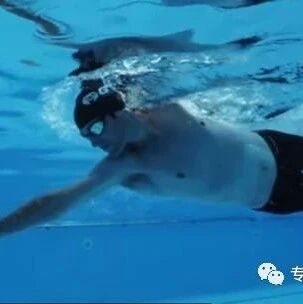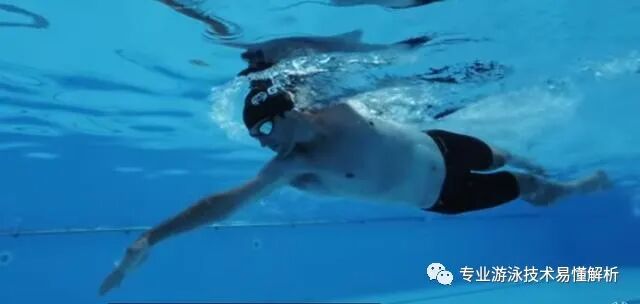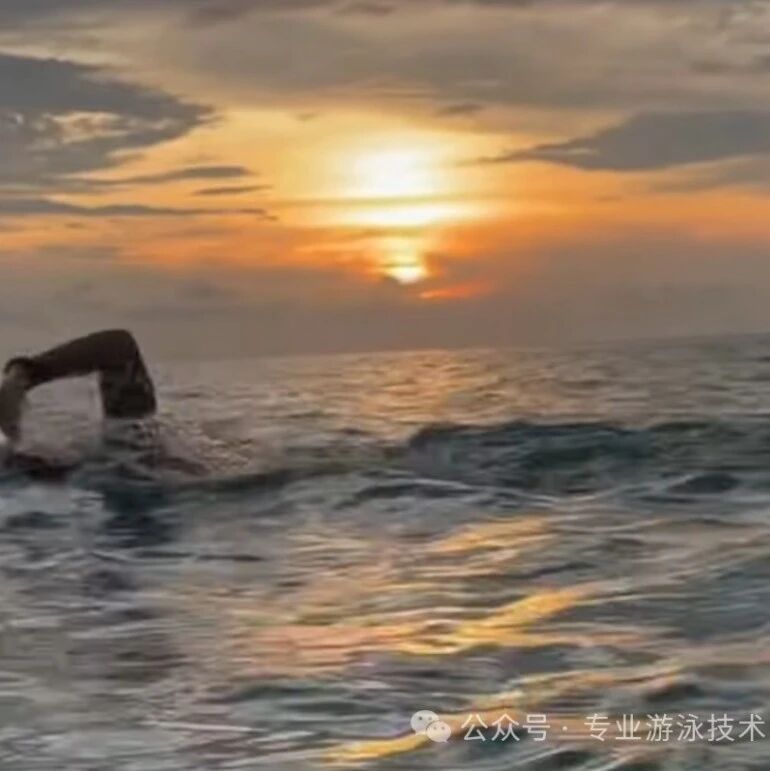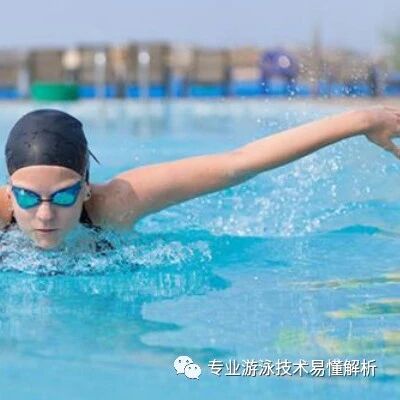Don't turn paddling into fishing—be careful not to twist your body, as it could disrupt your arm's paddling motion.
•4 min read


Related Articles

Swimming
Advanced swimming practice techniques—just one step away from becoming a pro: close your eyes.

Swimming
Focus on three key principles for your upper body—and quickly master the basics of freestyle swimming!

Swimming